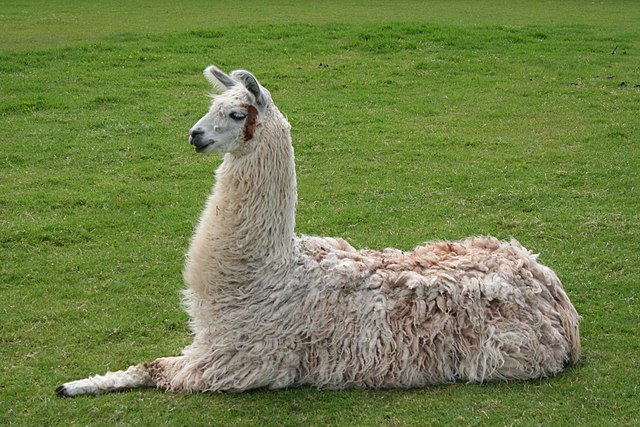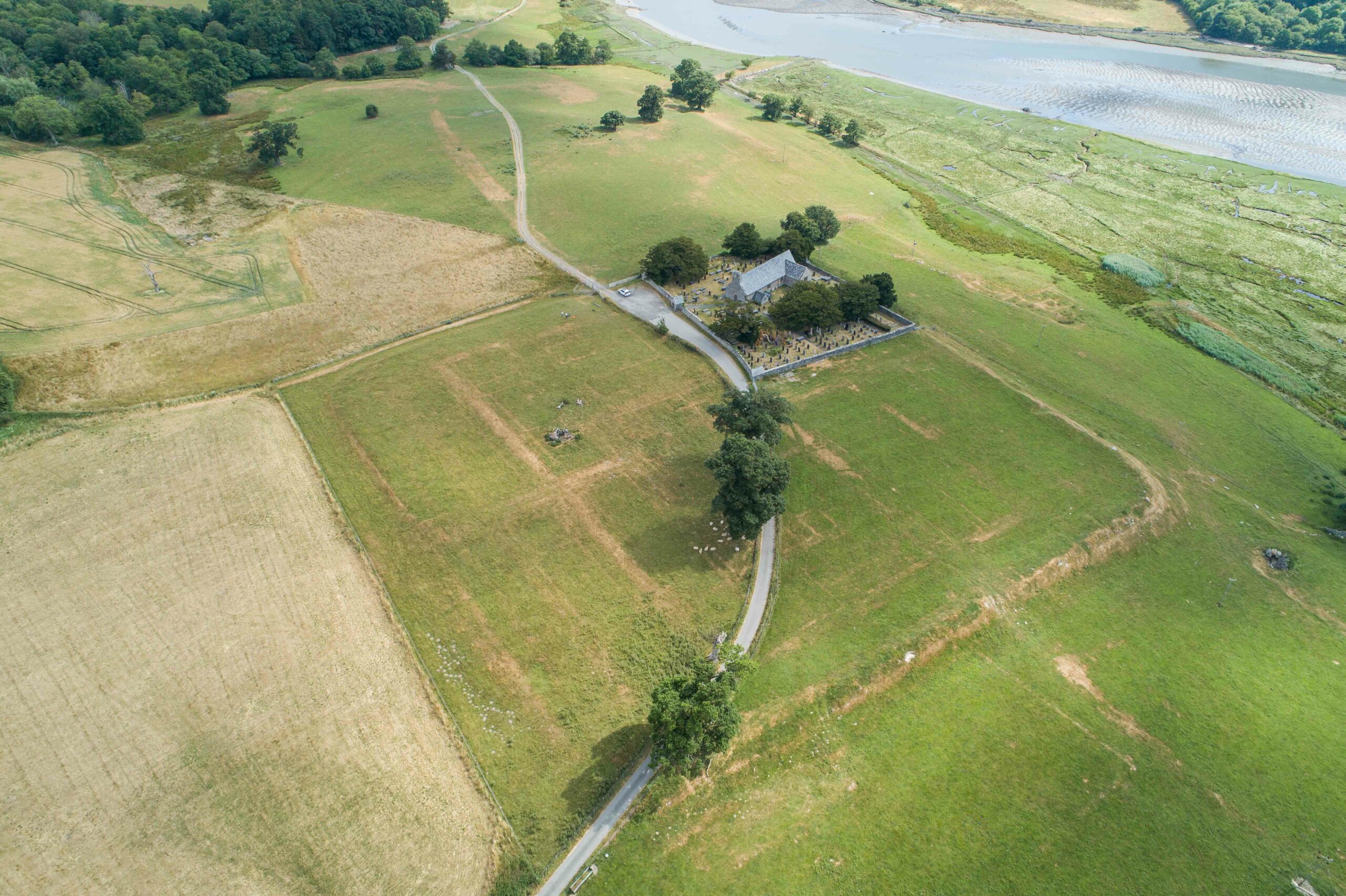
PITTSBURGH, PENNSYLVANIA—According to a Live Science report, organic geochemist Thomas Elliott Arnold of the University of Pittsburgh and his colleagues analyzed sediment cores from lakes in southeastern Peru for changes in the ratios of signature chemicals found in human and ruminant feces, in order to estimate when domestication of alpacas might have taken place. In the samples from Lake Arapa and Lake Orurillo, the researchers determined the portion of ruminant poop increased after about A.D. 600, at the beginning of the Wari Empire, through around A.D. 1400, the time of the Inca Empire. Arnold thinks it is unlikely that an uptick in the number of wild deer accounted for the dramatic increase in ruminant feces. “You’d have to assume a bunch of deer suddenly went on a mating frenzy and congregated in and around the Orurillo region,” he said, adding that alpaca domestication is a more likely cause. For more on evidence of animal domestication in the archaeological record, go to “The Rabbit Farms of Teotihuacán.”










